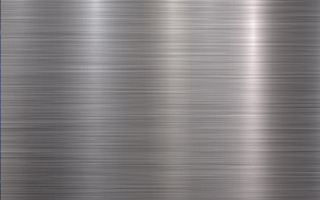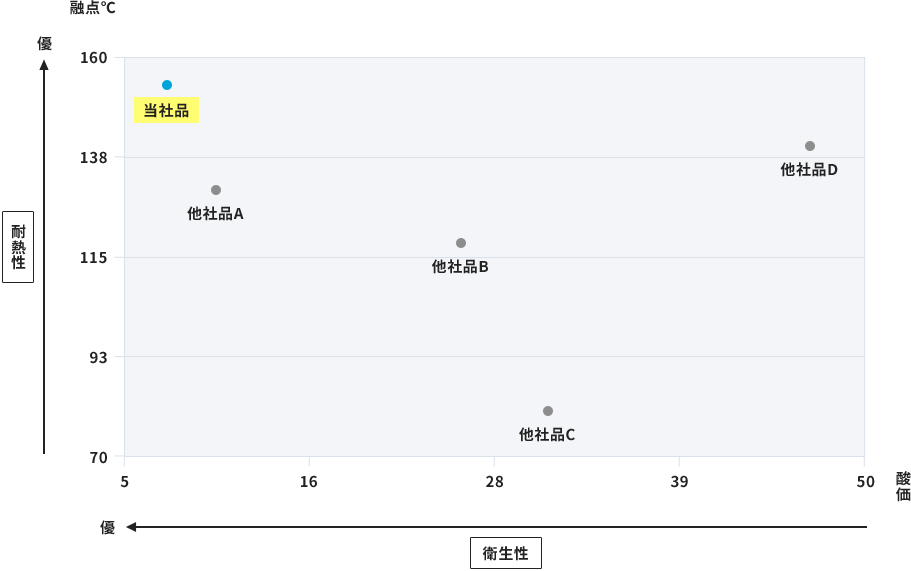Modified polyolefin Liothene™ / LIOFLEX™

Liothene™ and LIOFLEX™ are chlorine-free modified polyolefin products.
Polypropylene with improved adhesion to polar base materials such as metals and PET by combining functional groups. It contributes to improved adhesion between metals/PET and polypropylene materials. Liothene™ is as a powder and LIOFLEX™ as a dispersion.
forte
Good adhesion
- Excellent adhesion to metal base materials (SUS, aluminum, galvanized, etc.) and polypropylene materials
Heat resistance adhesion
- Due to its high melting point, it has excellent heat resistance and can be processed at high temperatures.
Food sanitation characteristics
- Compliant with FDA175.105
Property value
| Liothene | LIOFLEX | |
|---|---|---|
| Appearance | powder | cloudy liquid |
| Non-volatile content | >98% | 10% |
| acid value | 8 | 8 (solid equivalent) |
| Melting point | 155℃ | 155℃ |
| Melt viscosity (MFR)/viscosity | 70g/10min | 1,500mPa・s |
| Particle size D50 | 400μm | 20μm |
| Particle size D90 | 800μm | 70μm |
* The above values are representative and not guaranteed
Expected applications/markets
- Various primers
- paint additives
- Adhesives
- modifier
- Next-generation battery components (fuel cells, storage batteries, solar cells, etc.)
Can be used for a wide range of purposes such as
Example of use

Product Data
Heat resistance/hygiene

- Our products have a high melt viscosity and exhibit an adhesive function with a low amount of additives. * Recommended dosage: 3~20% (in total solids)
- There is very little residual unreacted material or low molecular weight material, and even with a low acid value, the adhesion to various substrates is improved.
- Additionally, due to its high melting point, it is ideal for applications that require heat resistance, heat-resistant adhesion, and retort resistance.
Adhesion (coating film physical property data)
Strongly bonds metal and PP sheet and maintains adhesive strength even after various tests.
| Adhesive force (N/20mm) | erichsen test | Cold resistance | Boiling water test | Heat resistance | |
|---|---|---|---|---|---|
| normal condition | After boiling water immersion | ||||
| 52 | 48 | ◎ | ◎ | ◎ | ◎ |
◎=No peeling
Sample preparation conditions
| Adhesives | adhesives containing Liothene |
|---|---|
| Base material | Electrogalvanized plate and PP resin sheet for 42002K |
| laminating temperature | 200℃ |
| Standard film thickness | 4μm |
| standard laminate crimp | 5Kg/cm2 |
Evaluation conditions
| Eriksen * | Eriksen processing after scratch test (6mm) |
|---|---|
| Winter hardiness * | Bend 180° after leaving at 0℃ for 1 hour |
| Boiling Water Test * | Soak in boiling water for 3 hours |
| Heat resistance | After leaving in a 120℃ oven for 1 hour |
* Conform to JIS standard K6744
Adhesiveness (compared to other companies' products)
Evaluation method
- Eriksen
Make a well-shaped notch in the center of the laminated steel plate with a cutter, and perform 7mm Erichsen processing from the steel plate side. - Boiling water treatment method
Erichsen processed products are treated at 100℃ for 2 hours. - Peeling method
Peel it off from the notch with tweezers.
Comparative evaluation was conducted by adding 20% Liothene and other companies' PP①~④ to epoxy adhesives for steel sheets.
| Adhesives | Resin | Eriksen | |||
|---|---|---|---|---|---|
| normal condition | Boiling water treatment after processing | ||||
| Peeling | Peeling | ||||
| Prototype A | Liothene | 5 | 5 | 5 | 5 |
| Prototype B | Competitor's product ① | 5 | 2 | 5 | 2 |
| Prototype C | Competitor's product ② | 5 | 1 | 5 | 1 |
| Prototype D | Competitor's product ③ | 5 | 1 | 5 | 1 |
| Prototype E | Competitor's product ④ | 5 | 5 | 5 | 3 |
| Structure | TPO sheet//steel plate |
|---|---|
| Coating conditions | Method: Bar coater coating NV: 23% Coating amount: 4.5g/m2dry |
| Rami conditions | Board temperature: 220℃ Lamination pressure: 5Kg/cm2 |
| Evaluation criteria | Eriksen: (Excellent) 5 No peeling ⇔ 1 Full peeling (Poor) |
Inquiries
TOYOCHEM CO., LTD. Packaging and Industrial Materials Sales Division Sales Department 1
TEL:03-3272-0940
